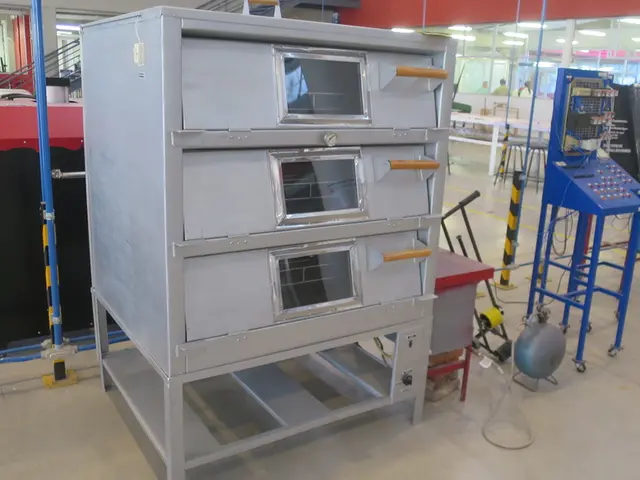Speech Takes Over: Embracing the Age of Voice Interaction
In the current era, known as the Voice Era, speech is becoming the primary mode of interaction with technology. This shift, away from typing, is revolutionizing productivity and making technology more accessible to billions who never mastered typing.
Voice technology enables hands-free multitasking, allowing work to be done without requiring a fixed posture and full attention on a keyboard. This is a significant advantage, as the average person types around 40 words per minute (WPM). However, speaking at a natural pace of 150 WPM is nearly four times faster, reducing the time spent on tasks significantly.
The Voice Era is not just about speed, though. It's about fluidity and natural interaction. Voice captures tone, nuance, and fluidity that typing flattens, allowing the human experience to be part of the input. This is a crucial aspect, as it allows AI systems like Google Voice to become more conversational and better understand complex jargon or multilingual environments.
For entire industries such as healthcare, legal, and research, this means thousands of reclaimed hours per worker each year. In healthcare, for instance, doctors who adopt voice-first workflows reclaim two to three hours per day. This extra time can be used to focus on patient care, improving overall healthcare outcomes.
Some sectors, such as healthcare, developers, and consumers, have already crossed the threshold and are primarily voice-first. Companies and organizations that have distinguished themselves early in spoken interaction include the German Speakers Association (GSA), which organizes high-level conventions featuring live speech translation and workshops designed to enhance speaking skills. IBM's ThinkLab, on the other hand, works with cognitive computing and AI to develop intelligent dialog systems that can engage in spoken interaction to support decision-making and creativity, particularly in healthcare contexts.
The shift from typing to voice is a productivity revolution. Solutions to privacy concerns in public spaces will involve personal devices, better noise cancellation, and discreet interfaces. AI must improve contextual comprehension to handle complex jargon or multilingual environments. Tools like GitHub Copilot X enable programmers to say what they want and let the AI generate scaffolding code, simplifying the coding process.
The future of productivity will be dictated, not typed. Voice removes the bottleneck of fingers on keys, allowing thoughts to translate into text at the speed of speech. Interfaces adapt to conversation, not commands, in the Voice Era. This reduces friction between thought and execution, allowing ideas to move directly from brain to screen. A typed email might take 5 minutes, spoken it takes 90 seconds, leading to a productivity revolution at scale.
However, the laggards in adopting voice-first technology are held back by culture, not technology. For people with physical disabilities or typing limitations, voice-first systems like Google Voice open entirely new possibilities. For them, the Voice Era is not just a productivity revolution, but a life-changing transformation.
In conclusion, the Voice Era is transforming how we interact with technology, making it more accessible, efficient, and natural. As AI systems like Google Voice become more conversational, we can expect to see even more significant advancements in the future. The future of productivity is indeed in our voices.






